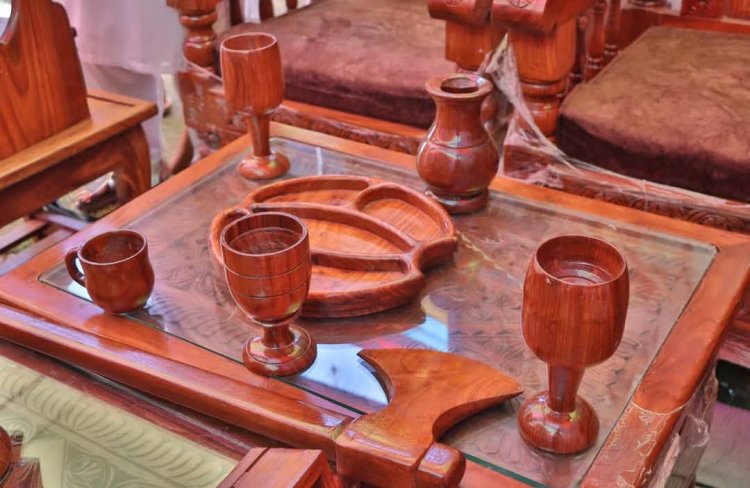Afghan Artisans Struggle to Keep Wood Carving Alive

In Afghanistan, wood carving stands among the country’s oldest and most cherished crafts. Known locally as Tokayee, this art form continues to hold a quiet but enduring place in the hearts of its admirers.
For 58-year-old Ibrahim, wood carving has been more than a profession — it has been a lifelong devotion. For over thirty-three years, he has spent his days cutting wood and working behind the hum of machines, striving to keep a centuries-old tradition alive while providing for his family. Yet, he says, the arrival of modern tools has changed everything. Mechanical production now shapes designs swiftly and uniformly, stripping handmade creations of their former worth and wonder.
“In the past,” he recalls, “people truly appreciated wood carving. We made fruit bowls, old-fashioned dishes, tabletops, mirror frames — all by hand. But now, modern machines do it all, and the art has lost much of its value.”
According to Ibrahim, hand-engraving floral and traditional motifs on wood can take weeks or even months, demanding patience and precision. Still, he believes the final product — rich in beauty and soul — surpasses anything made by machine. While wood carving remains part of furniture, doors, and window-making, its true charm lives on in the decorative pieces: the carved fruit bowls, mirror frames, and polished tabletops that once graced Afghan homes.
He warns that without meaningful support for local artisans and traditional industries, this art — a reflection of Afghan identity — may soon vanish altogether.
Other craftsmen share his concern. Many once had eager apprentices, but as the market weakens, fewer young people are drawn to learn the skill.
In a small workshop filled with the scent of wood shavings, Abdul Zahir polishes carved surfaces until they shine. “Carving needs special tools,” he explains, “and many of our works are still made by hand. Handmade pieces use less wood, yet they’re more beautiful and well-designed. Many people send them abroad as gifts for their loved ones.”
He adds, “Each handcrafted item costs between 400 and 600 Afghanis. Most customers buy them as gifts, because they know that handmade work carries a value of its own.”
Despite its deep roots in Afghan culture, the influx of foreign industrial products has left this ancient craft struggling to survive. Still, artisans like Ibrahim and Abdul Zahir continue to carve not only wood — but the memory of a fading heritage, determined to pass it on to the next generation.
